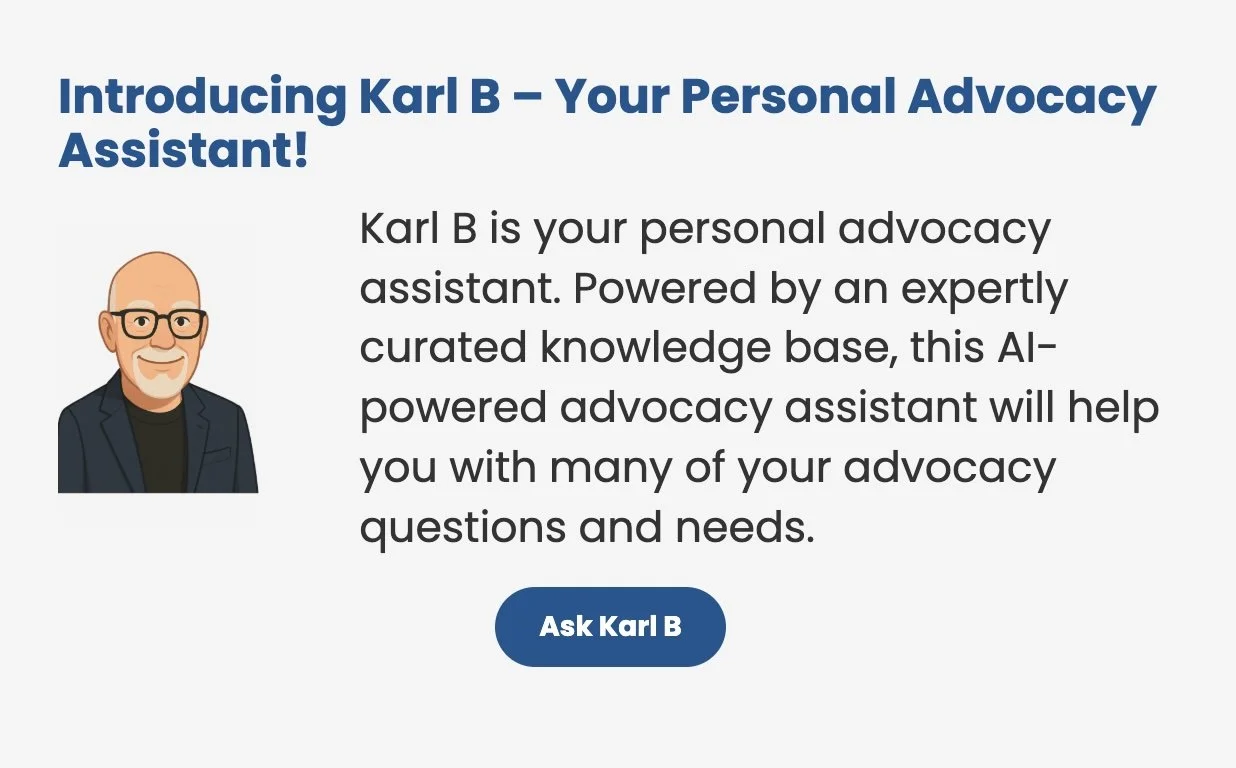Resource: MusicIsEducation.org
If you’ve ever had to defend your music program—to an administrator, a school board, or even a parent—you know how important it is to have clear, reliable information and strong allies. Yesterday I saw a post about a new website called MusicIsEducation.org. The website was built for exactly that reason. It is spearheaded by the indefatigable Bob Morrison and backed by a HUGE coalition of music education partners. It’s not just another advocacy website; it’s a well-organized resource hub that provides data, stories, and strategies that help music educators make their case for music as a core part of every child’s education - and it’s really well done. One of the main messages of the site is that music isn’t an extra. It’s a fundamental part of learning and growing. The site explains that for nearly two centuries, music has been part of American public education. That long history isn’t just about tradition—it’s about evidence. Decades of research show that students involved in music do better academically, socially, and emotionally (and as music educators we all know this). They learn persistence, creativity, teamwork, and focus. But as every music teacher knows, these facts often get lost in the noise of testing requirements, budget cuts, and shifting priorities. That’s where this organization steps in. The clearly laid out website emphasizes that music education builds skills that prepare students for the future—skills that can’t easily be replaced by technology or automation. Music students learn to listen critically, work collaboratively, and express themselves clearly. Those are not small benefits. They are exactly the qualities employers, colleges, and communities value most.
Music Is Education backs up these ideas with solid information and usable tools. The State Resource Toolkits, for example, give educators and advocates specific data and talking points tailored to their location. Instead of vague generalizations, you’ll find language that connects directly to your state’s policies and educational priorities. This is especially helpful when meeting with local officials or writing funding proposals—moments when facts and framing matter.
One of the most interesting features on the site is Ask Karl B, an AI-powered assistant that helps users find information, craft messages, or develop advocacy strategies. Whether you’re drafting an email to your superintendent or preparing a statement for a board meeting, the tool can help you create a clear, persuasive message rooted in research. It’s a great example of how new technology can empower educators rather than replace them.
The site highlights how music contributes to lower absenteeism, stronger school engagement, and greater emotional well-being. These outcomes matter deeply to administrators who are tracking attendance, mental health, and school climate. When music programs thrive, schools thrive. That’s not a slogan—it’s a measurable reality.
So how can music educators get involved? The simplest step is to sign up and explore the site’s advocacy materials. You’ll find sample letters, infographics, and social media assets that make it easier to share the message that music is essential. Even small actions—posting a link, sharing a success story, forwarding a toolkit—can make a difference when multiplied across hundreds of schools.
Next, use the materials in local conversations. Invite your principal to a rehearsal or concert, and use what you’ve learned from the site to frame what students are gaining. When you speak to parents, talk about how music builds discipline, focus, and teamwork—skills that apply well beyond the stage. At public events or board meetings, use state-specific statistics from the site to show that music isn’t a luxury but an investment in student success.
If you’re a department chair or district leader, consider hosting an advocacy workshop using the site’s materials. Encourage your colleagues to learn how to talk about their programs in terms that resonate with administrators and policymakers. The site’s blend of research, messaging, and technology makes it easy to organize a one-hour session that can empower a whole community of teachers.
Finally, look beyond your own classroom. Join state and national advocacy efforts that align with Music Is Education’s mission. Reach out to your local arts council, NAfME state chapter, or any organization working toward equitable access to music education. The website’s coalition partners are doing this work on a larger scale, and they need classroom teachers to lend their voices and experiences.
In short, Music Is Education provides tools, data, and strategies to help you advocate effectively. It doesn’t just tell you that music matters—it shows you how to prove it. For teachers who already know the power of music, this site turns that conviction into action. Whether you teach in a small rural school or a large suburban district, the message is the same: music belongs in every student’s education, and it’s up to all of us to keep it there. I strongly recommend that you visit musiciseducation.org today. Explore, share, and speak up. The future of music in our schools depends on educators who not only teach it but also champion it.

